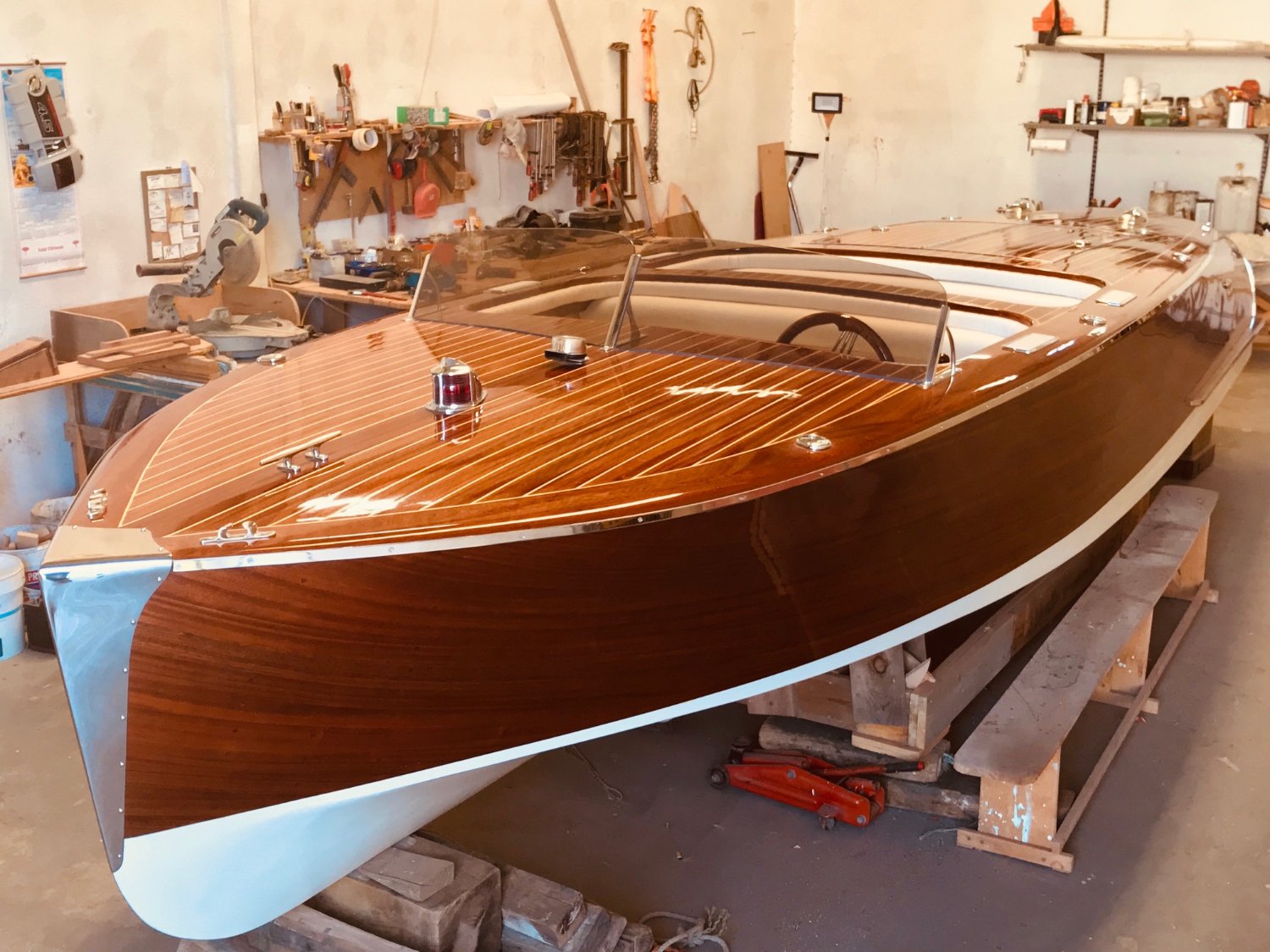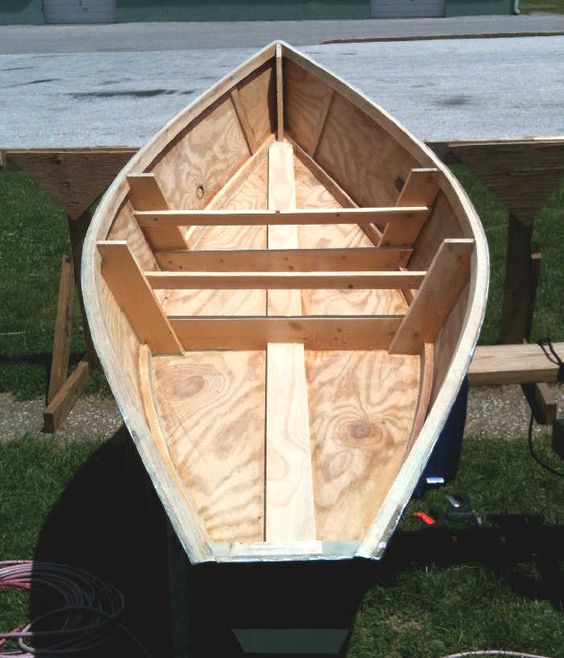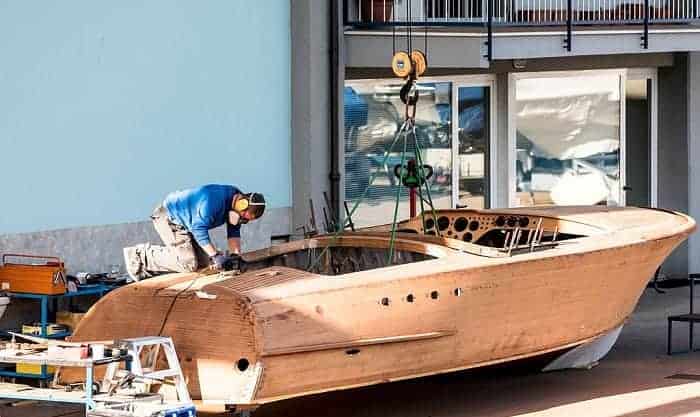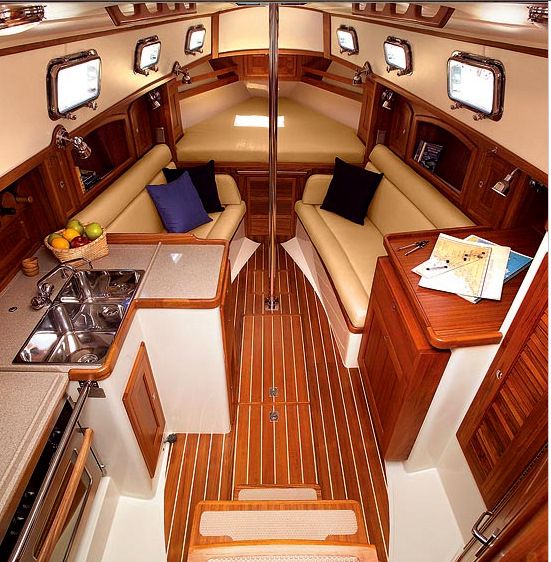Building a Wooden Boat with a Traditional Method

Beyond the Planks: Unveiling Hidden Gems in Traditional Boatbuilding
Building a wooden boat using traditional methods is a deeply rewarding, yet often daunting, endeavor. Countless books detail the "how-to," but fewer explore the less-discussed aspects â€" the subtle nuances, the unexpected challenges, and the innovative reinterpretations of age-old techniques. This article delves into those often-overlooked elements, offering fresh perspectives for both seasoned craftspeople and enthusiastic newcomers.
The Unsung Hero: Wood Selection Beyond the Species
We often focus on the type of wood (oak, cedar, mahogany), but what about the individual characteristics of each plank? Think of it like wine â€" even within a single varietal, each bottle possesses unique qualities. How can we leverage this individuality?
Q: How can I maximize the potential of imperfect lumber?
A: Instead of discarding planks with minor imperfections (knots, slight warps), consider their unique grain patterns. A knot might become a focal point, adding character. A slight warp could be incorporated into the design, creating a subtly curved hull element. Embrace the imperfections; they make your boat unique.
Q: Are there tools or techniques for better wood assessment beyond visual inspection?
A: Absolutely! Modern moisture meters provide precise readings, preventing unforeseen issues later. Furthermore, using non-destructive testing methods like ultrasonic testing (though more common in larger scale construction) could help identify internal weaknesses before they become problems. This represents a shift from purely visual inspection to a more scientific approach.
Beyond the Blueprint: Adapting to the Unexpected
No project goes perfectly according to plan. Traditional boatbuilding, with its reliance on hand-crafted components and natural materials, is particularly susceptible to surprises.
Story: The Case of the Misaligned Keelson
A friend, building a clinker-built dinghy, discovered a slight misalignment in his keelson during the final stages. Instead of scrapping the work, he ingeniously used a series of carefully placed wedges and shims to compensate, creating a unique, if unplanned, hull curve. This resulted in a boat that was both seaworthy and remarkably individual.
Q: How can digital tools enhance the traditional approach?
A: 3D modeling software, while not replacing traditional lofting, offers invaluable visualization and planning capabilities. You can digitally experiment with different hull designs and component configurations before committing to the physical work, minimizing costly errors. Combining the precision of digital modeling with the artistry of hand-craftsmanship represents a powerful synergy.
Sustainability and Innovation in Traditional Boatbuilding
The resurgence of traditional boatbuilding presents an opportunity to incorporate sustainable practices.
Q: How can we make traditional boatbuilding more environmentally conscious?
A: Sourcing wood from sustainably managed forests is paramount. Exploring alternative, eco-friendly adhesives and finishes is crucial. Furthermore, adopting circular economy principles â€" repurposing scrap wood for smaller projects or using reclaimed wood wherever possible â€" significantly reduces environmental impact. Research into bio-based resins and coatings is an area ripe for exploration.
Conclusion: Embracing the Unexpected Journey
Building a wooden boat the traditional way is not just about replicating historical techniques; it's about a journey of discovery, adaptation, and innovation. By embracing the uniqueness of materials, adapting to challenges with creative solutions, and incorporating modern tools and sustainable practices, we can elevate the craft to new heights while honoring its rich heritage. The unexpected twists and turns are part of the rewarding experience, forging a deeper connection with the process and the resulting vessel.




















